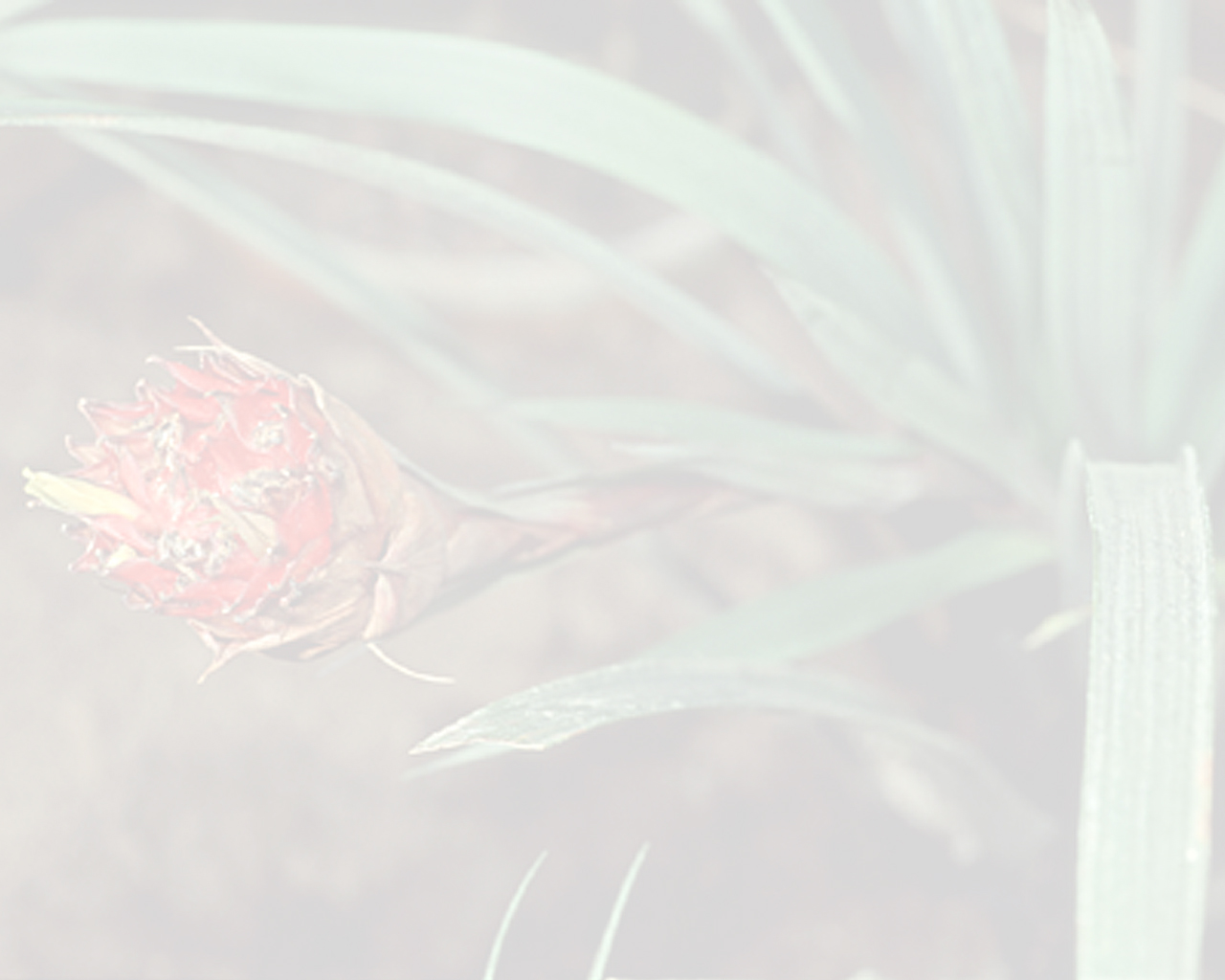Guzmania monostachia (L.) Rusby ex Mez
Taxonomic Change:
- Lectotype designated: Plate nr.? of the Boerhaave set of Plumier illustrations at the library of Rijksuniversiteit, Groningen (without number, not correct) —See Cedeno-Maldonado 2005 p. 209
Literature references:
*move your mouse pointer over the page numbers to see comment
Comments:
- The neotropical genus Guzmania Ruiz & Pavon has more than 160 species (Smith & Till 1998). In Cuba it is represented by Guzmania monostachia (L.) Rusby ex Mez, G. lingulata Mez and G. erythrolepis Brong. ex Planch. Guzmania monostachia is the most abundant and widely distributed, occurring throughout the archipelago. Typical of humid forests, this species is found from sea level to 1600 m elevation (Villalon 1996) as an epiphyte in dense canopies or in limestone solution holes with accumulated organic matter where sunlight reaches the lowest layers of the forest (Hechavarria 2002).According to Smith & Downs (1977), Guzmania monostachia has three known varieties: the typical variety, monostachia, G. monostachia var. alba Ariza Julia, and G. monostachia var. variegata M.B. Foster. Smith and Downs only reported the typical variety for Cuba.
On a recent expedition to the Alturas de Banao Ecological Reserve, located in the mountainous Guamuhaya region in central Cuba, the varieties alba and variegata were found. Variety variegata was previously known only for its type location in southern Florida in the United States (Smith & Downs 1977) as well as the Bocas del Toro Province in Panama (H. Luther, pers. com.) There are six main vegetation zones at Alturas de Banao: broadleaf semideciduous forest, karstic vegetation complex (known as Mogotes, in the broad sense, not the typical Mogote geomorphology limited to Pinar del Rio, Western Cuba), montane rain forest, gallery forest, broad leaf evergreen forest, and secondary vegetation. This area contains more than 900 plant species, of which nearly 25% are endemic (Becquer, unpublished data). From the geomorphological point of view, the area that includes the upper river basin of the Banao and Higuanojo rivers is characterized by low mountains (200-843 m elevation), strongly dissected in some cases with karstic caps (Smith et al., unpublished data). The climatic conditions, according to Perez (unpublished data), range as follows: annual average temperature: 22-26°C, annual average precipitation: 1700-2000 mm and annual average relative humidity 81-90%.
Between the Jarico Administrative Station and the Maria Antonia and Sabina Biological Stateions, is a gallery forest along the Banao river (FIGURE 10). The forest is composed mainly of the exotic species, Syzygium jambos (Myrtaceae), which is naturalized to the island and well-known locally by the name "pomarrosa". At approximately 400 m elevation, the pomarrosa is the main host to the three varieties of Guzmania monostachia, sometimes all occurring on the same tree. The more abundant varieties are monostachia and alba, whereas variegata appears with few individuals. Other epiphytes include the bromeliads Tillandsia festucoides, T, setacea, T. variabilis, and T. bulbosa, the ferns Pleopeltis polypodioides, Phlebodium aureum and Campyloneurum phyllitidis, the orchid Epidendrum nocturnum, the peperomias Peperomia magnolifolia and P. obtusifolia, and the hemiepiphytic climber Marcgravia rectiflora.
Varieties monostachia and alba bloom at the beginning of the rainy season in Cuba at the end of April, through most of May. The brilliant red and black striped floral bracts of var. monostachia (FIGURE 11) contrast with the green and immaculate white bracts of variety alba (FIGURE 12). Also growing in the pomarrosa trees are plants of Guzmania monostachia with pale rose floral bracts which suggest the probable occurrence of a new variety (W Till, pers. com.). As in the typical variety, the rest of the floral bracts are pale green colored, but light and diffusely striped (FIGURE 13). Variety variegata (FIGURE 14), does not bloom in this season, which suggests the existence of a possible mechanism of reproductive isolation. This strip of Gallery Forest is a favorable site for studies of reproductive biology of Guzmania monostachia to further the knowledge of the natural history of the species in Cuba.
Although dried specimens of variety monostachia have some vestiges of dark stripes in the floral bracts, the differences between the other varieties of G. monostachia disappear almost completely once collected material is dried and pressed, which makes their identification to variety level in the herbarium difficult (Villalon 1996). —See Schwesinger 2004 p. 54(4): 160-162

